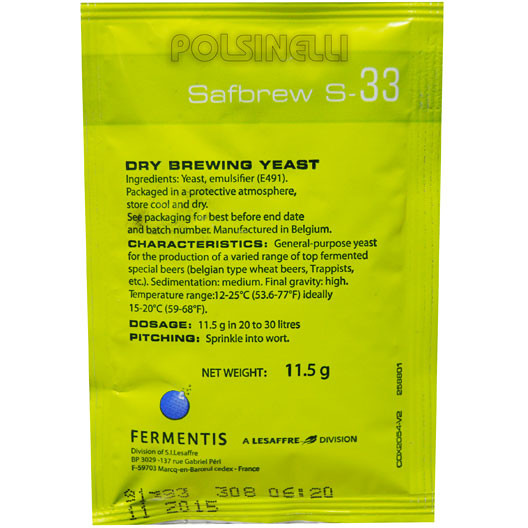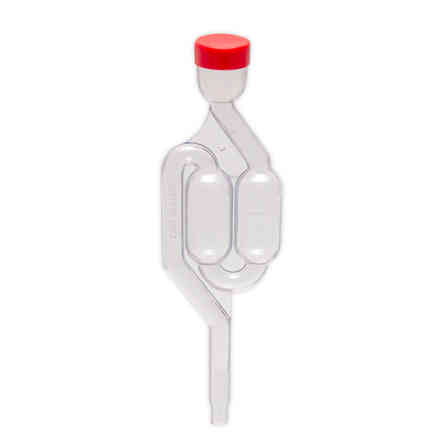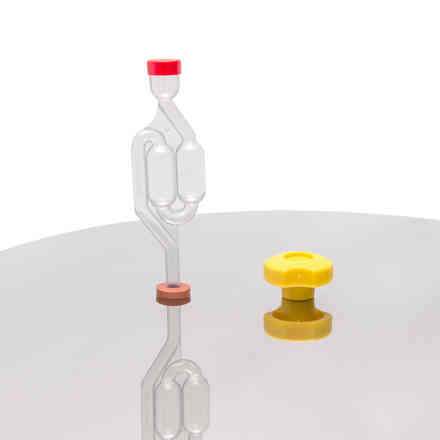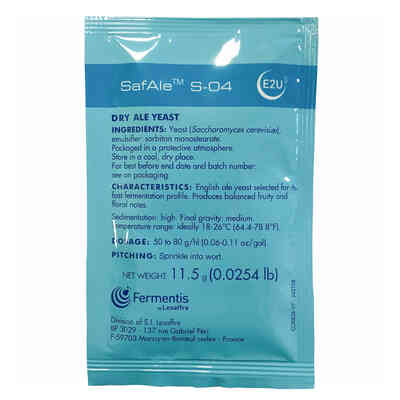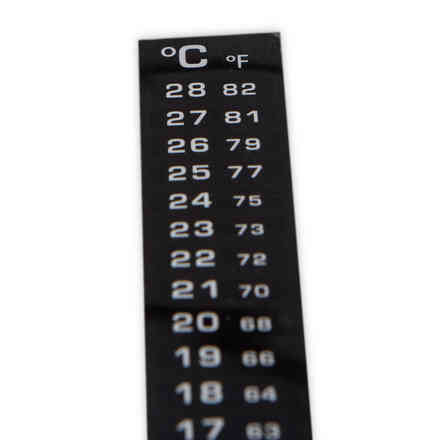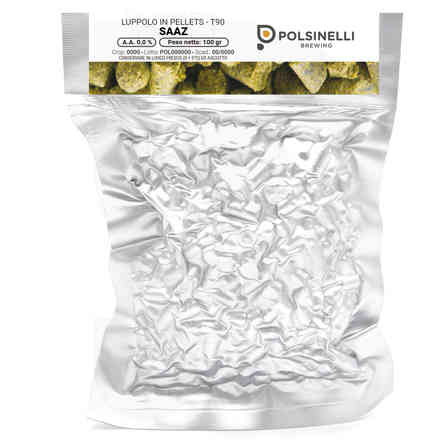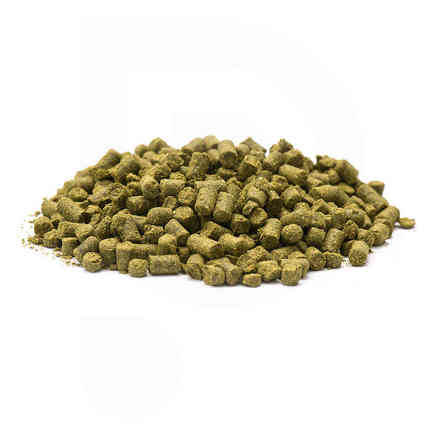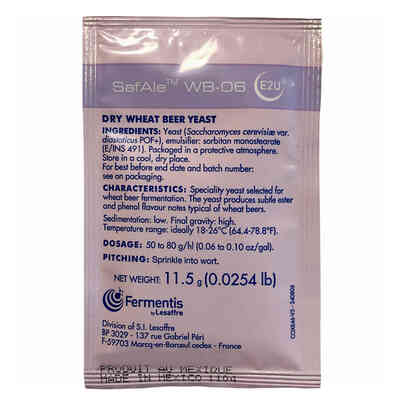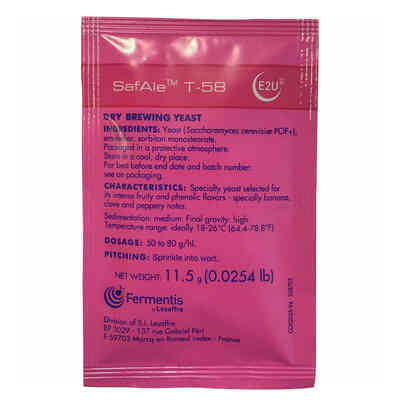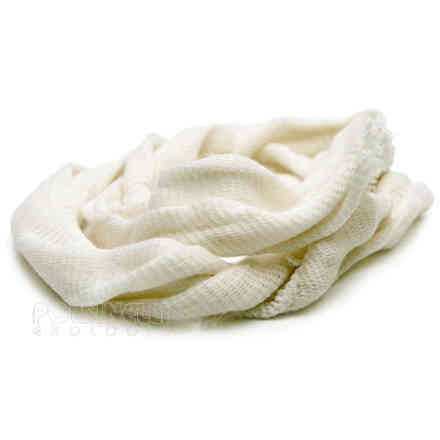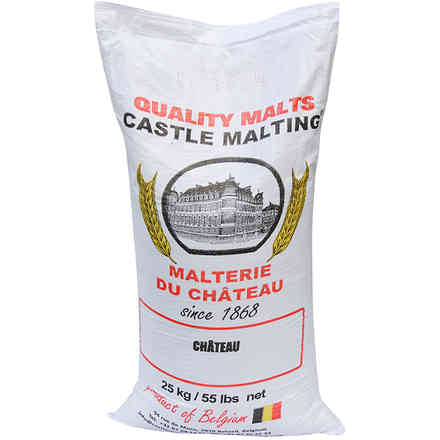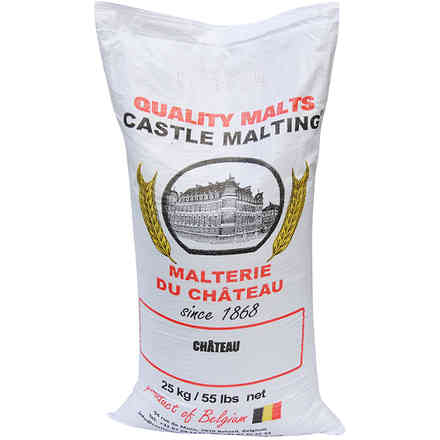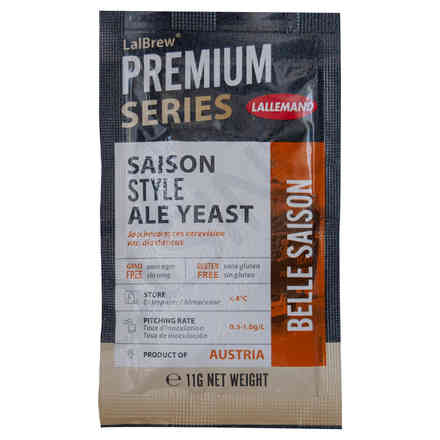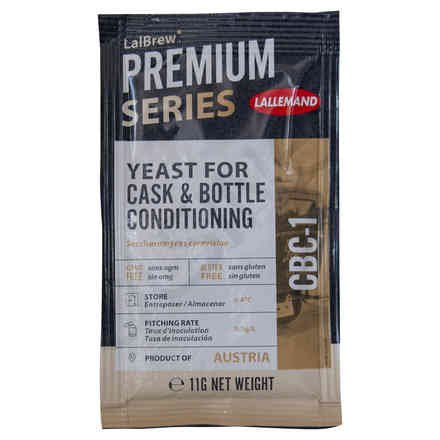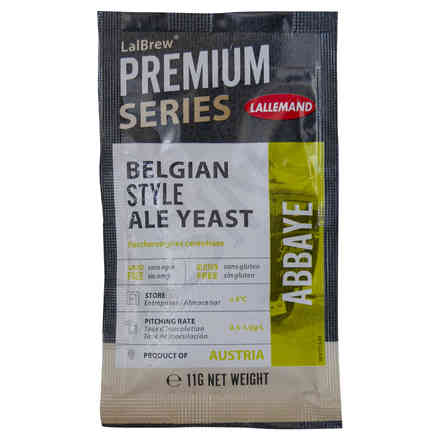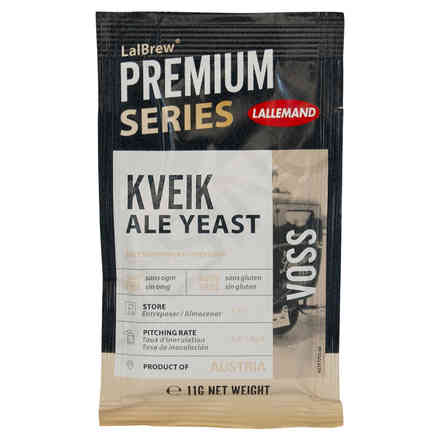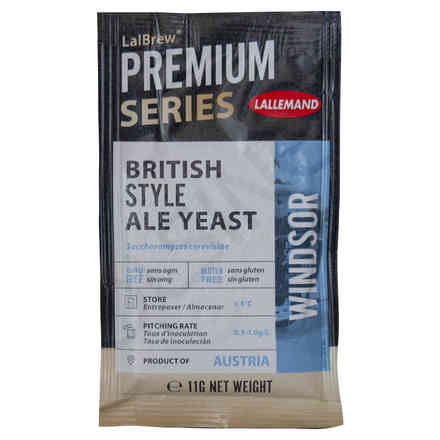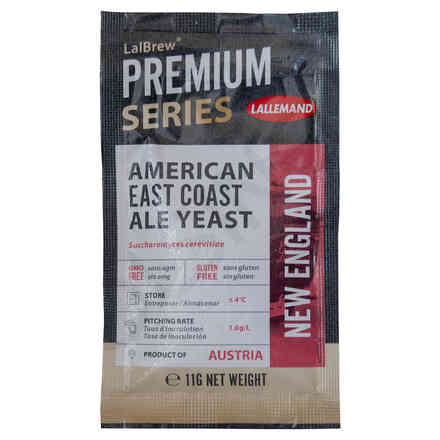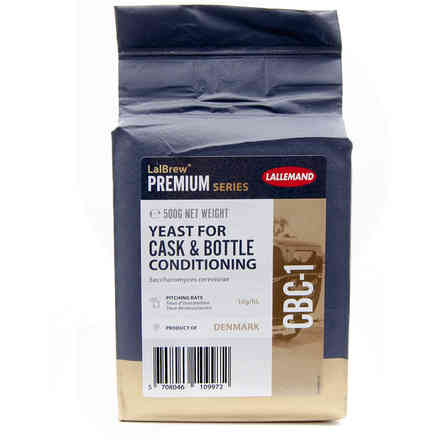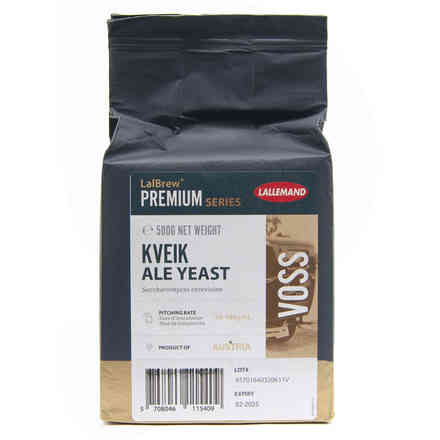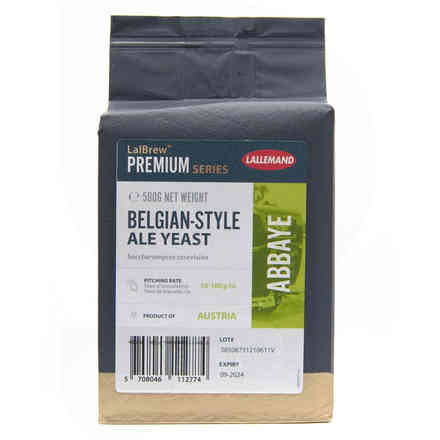Dry yeast Fermentis Safbrew S-33 (11.5 g)
Description
Dry yeast Fermentis Safbrew S-33 (11.5 g)
Safbrew S-33 Beer Yeast is a high quality product that is highly regarded by all brewers and beer experts for its fruity and floral profile. Presented in convenient 11.5g packs, Safbrew S-33 dry yeast can be used for the production of a large quantity of top-fermented beers such as Biere Blanche, Trappist or Ale, giving them a great final density.
With an alcohol tolerance of 9.5, Safbrew beer yeast S-33 has a powdery flocculation and a working temperature of between 15 and 24°C.
Rehydrated with liquid water or boiling wort to an amount equal to 10 times its weight, Safbrew S-33 beer yeast should be stirred vigorously for about 15 min, then inoculated within the wort at the correct fermentation temperature.
Characteristics:
- Beer Styles: Scottish Ale Export & Strong, Soreign Stout, Barley Wine, Strong Bitter, Blanche, Trappist Ale.
- Ingredients: Saccharomyces cerevisiae yeast, emulsifier E491
- Aroma profile: Fruity/Floral
- Total alcohols (ppm): 209
- Residual sugars: 25 g/l
- Residual maltotriose: 12 g/l
- Style: High fermentation
- Flocculation: Powdery
- Fermentation temperature: 15-24 °C
- Dosage: 50-80 g/hl in primary fermentation / 2.5 - 5 g/hl in refermentation
- Alcohol tolerance %: 9,5
- Apparent attenuation %: 70
- Total esters (ppm): 27
- Storage: 6 months at a temperature below 24°C
- Expiry date: 36 months from date of production
- Packaging: 11.5 g
Instructions for use:
- Rehydrate the dry yeast that can be best used in fermentation. Rehydration can be done by pouring the dry yeast into a container with 10 times its weight of sterile water or boiling must. Rehydration temperature: 27°C ± 3°C. When the yeast has become creamy with cappuccino-like foam after about 15 minutes, stir vigorously. A creamy froth will form and it is now ready to be inoculated into the wort.
- Inoculate the "awakened" yeast into the wort at fermentation temperature.
Alternatively, the dry yeast can be inoculated directly into the fermenter, ensuring that the temperature of the wort is not too low (see table) and that it is distributed over the entire surface of the wort, avoiding lumps. Leave for 30 minutes and then stir vigorously for good oxygenation.







